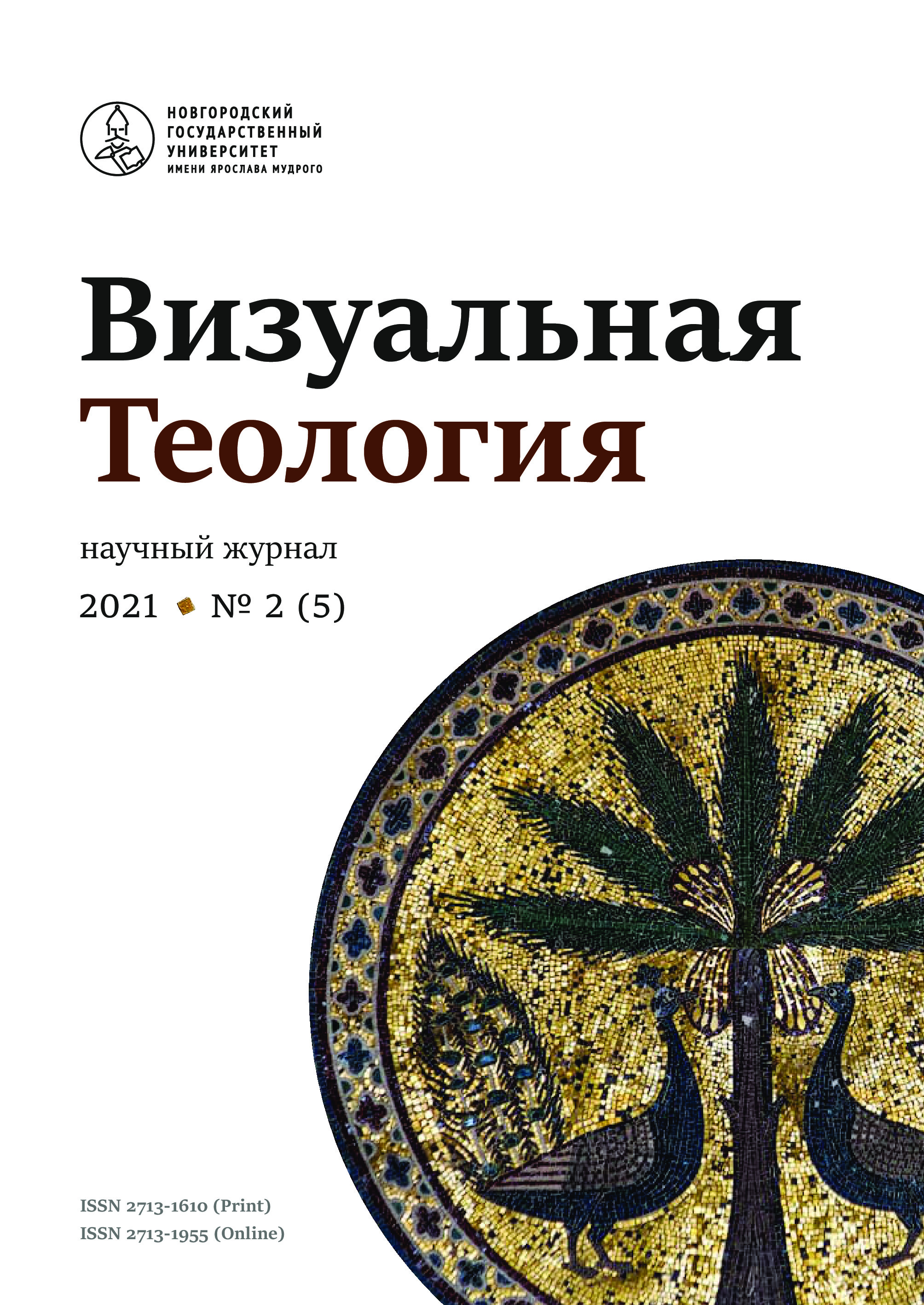Iconoclasm as a Subject of Visual Theology
Abstract
The purpose of the research is analyzing philosophical and theological aspects of iconoclasm taking into account its various forms and secular analogies. The study concentrates on such semiotic features of iconoclasm as negation, prohibition, or deliberate breaking certain visual images. The principles, criteria, and practices of iconoclasm are examined in the aspects of semantics and pragmatics. It is emphasized that every society requires methods that provide the division of the visual images into the acceptable (true) and unacceptable (false) ones. Although it is considered to be a rule that iconoclasm appeared in conditions of monotheism, it is stated that iconoclasm had analogies in early forms of religion. The author claims that the manifestations of the iconoclastic attitude can be found in Platonic metaphysics and the metaphysical tradition, which fought against distorted or false copies of ideas. Iconoclasm is considered retrospectively; a special importance is paid to changes in the structure of representation in late modernity. Representation is understood as the substitution of one object by another, in which the object that is replaced is the referent, whereas the substituting object is the signifier. The analysis focuses on the evolution of mediation structures, which originates from the emergence of the concept of logos as the embodiment of a universally meaningful meaning. As a result, this evolution broke relationship between the referent and the signifier, and the signifier gets its autonomy. Despite the fact that the complete autonomy of the signifier is a characteristic feature of late modernity, as a trend it manifested itself already at the early stages of modernization and indicated a qualitative leap in the strengthening of the power of signs, including visual images. The new quality of this power in modern research is interpreted using a term borrowed from the linguistic theory of speech acts – performativity, the ability to “create things with words”. When applied to signs and, in particular, to visual images, this means that the representation that has been released and therefore has become self-referential takes the place of the referent and is understood as reality itself, which requires an appropriate course of actions from a person. At the same time, the treatment of self-referential representation as “the thing itself” is considered not only as a consequence of its performativity, but also as a paradigm of idolatry, which the iconoclasts criticized precisely for identifying the Deity with various images that were considered autonomous and self-referential. Therefore, in the context under consideration, self-referentiality means performativity, and iconoclasm seeks to reject not specific visual images as they are, but the internally contradictory idea of autonomous representation. Self-referentiality of representation as a condition of its performativity can arise in two ways. At the first stages of weakening the connection between the representation and the referent, it can be destroyed by a person consciously in order to give the representation an arbitrary meaning. At the last stage of the development of the structures of representation, this connection disappears for objective reasons, corresponding to the regime of signs, which is the reason for the steady predominance of simulacra. These changes turn the iconoclastic attitude into a necessary aspect of cultural criticism.


